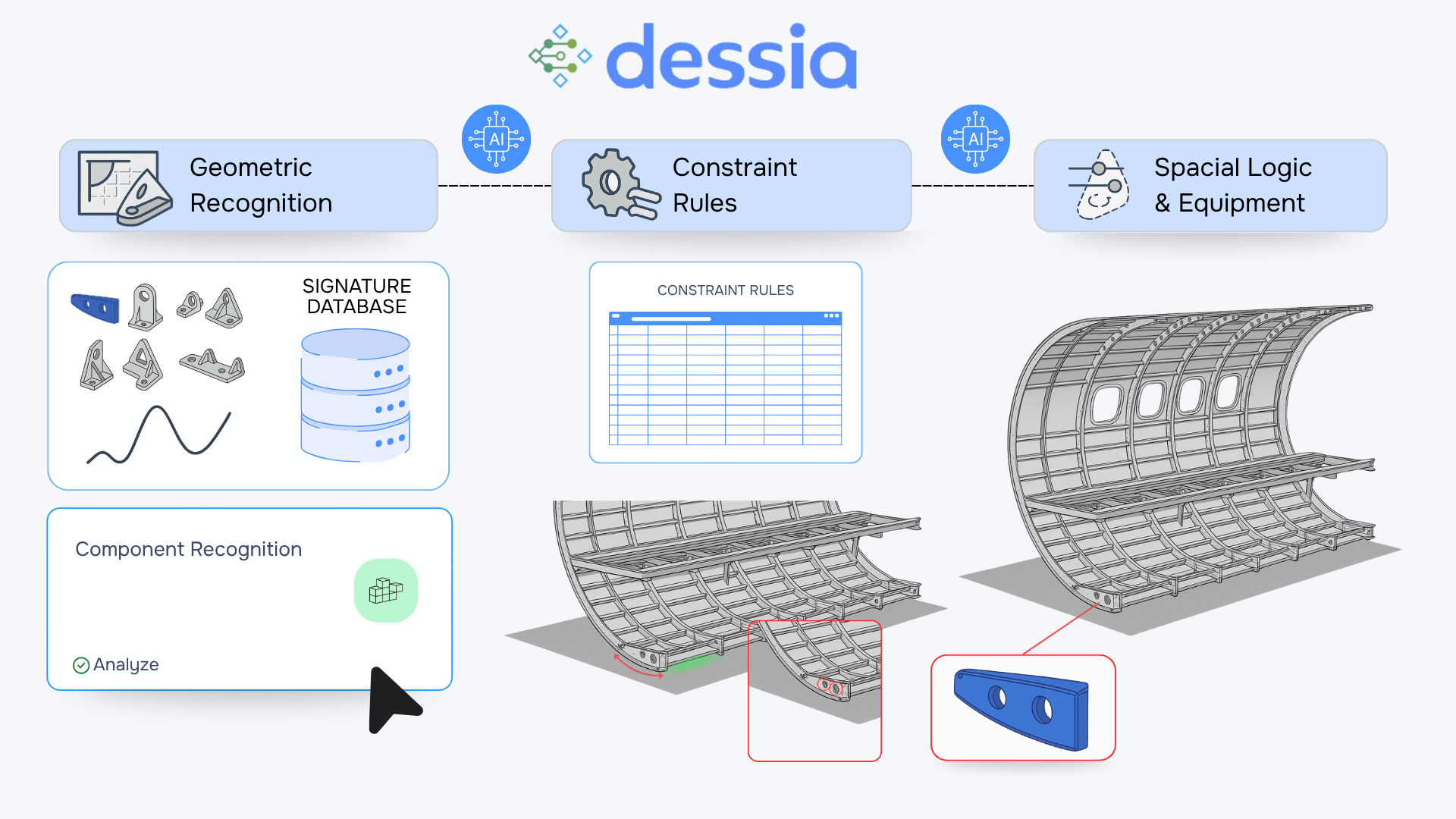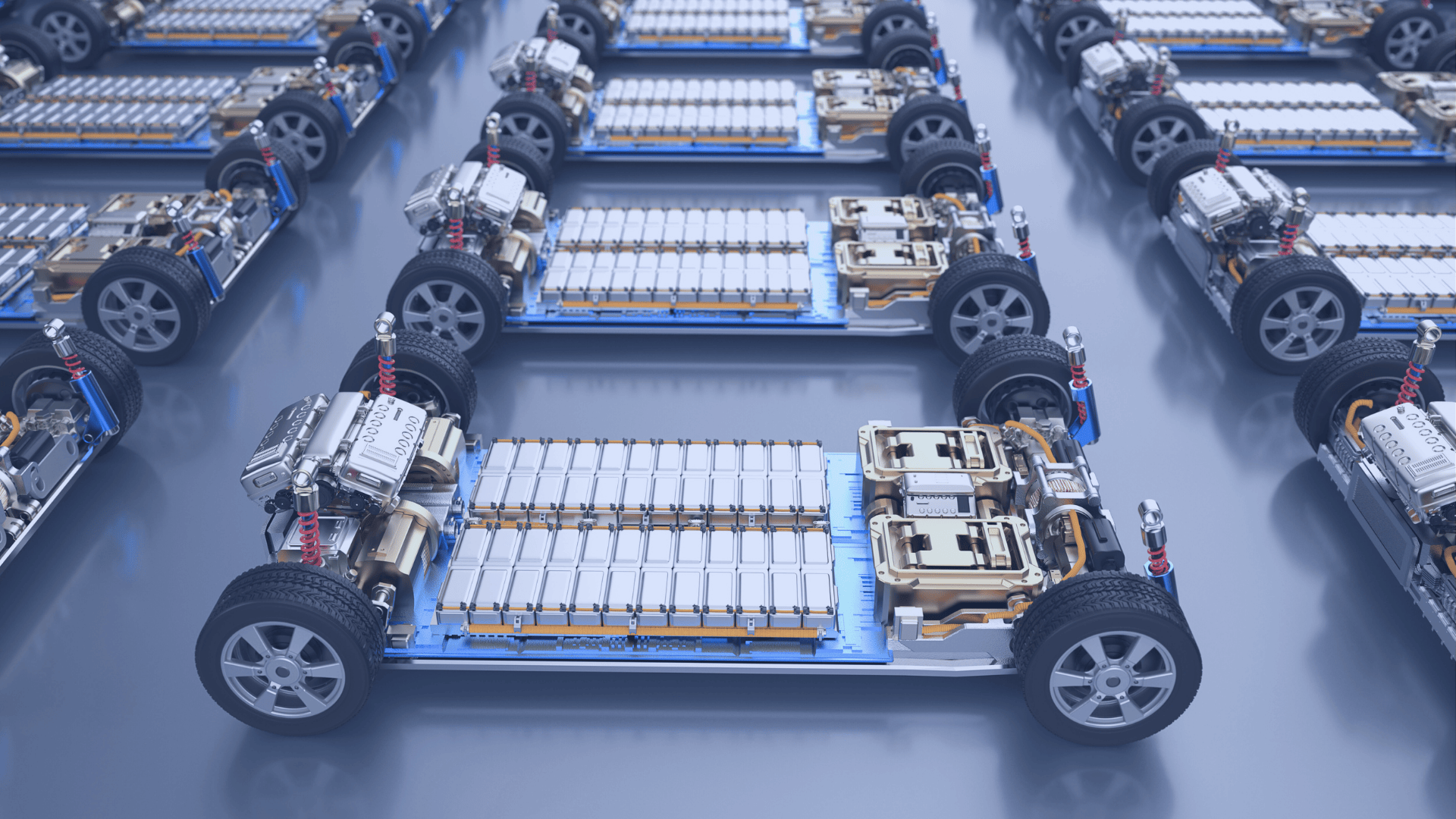AEROSPACE
Generate optimized
aerospace designs with AI

Aerospace engineering is a high-stakes industry where every gram, every wire, and every system must be optimized for performance and compliance. Designing efficient, lightweight, and safe systems requires cutting-edge tools that enhance precision and speed.
100+
Engineering hours saved per project.
AEROSPACE
Navigating complexity with precision
Design inefficiencies delay progress
Long design cycles and late-stage revisions create costly delays, inflating budgets and pushing back market entry. Without the right tools, achieving efficiency is a challenge.
Balancing weight, performance & safety
Lighter designs improve efficiency, but every gram removed must be carefully balanced with durability, safety, and compliance—leaving no room for error.
Getting it right from the start
Every design choice impacts the final product. Without early-stage precision and validation, teams risk multiple iterations, delays, and increased costs—making it essential to get the first design right.
How Dessia helps?
Dessia’s AI-driven design solutions empower aerospace engineers to generate optimized routing, reduce weight, and enhance system integration from concept to production.

Why Dessia?
Optimized electrical and fluid routing
Improve system integration while reducing complexity.
AI-driven weight reduction
Minimize material use without sacrificing structural integrity.
Automated compliance validation
Ensure designs meet industry standards from the start.
Cost-efficient manufacturing
Optimize design choices to streamline production and reduce manufacturing costs.

Discover our case studies


AI for Knowledge Reuse
11
min reading

Design better, faster, and smarter
Elevate your aerospace designs
FrequentlyAsked questions
Is Dessia available as a cloud-based solution or on-premise deployment?
Both, Dessia is available as both a cloud-based solution and an on-premise deployment. the platform offers flexibility in deployment based on organizational needs. The cloud-based version provides seamless scalability, automatic updates, and lower IT infrastructure management. For organizations with strict security, compliance, or operational constraints, an on-premise deployment is available. This option allows full control over data storage, security policies, and integration with internal IT systems while maintaining the platform’s core functionalities.
Does the platform/ Dessia integrate with existing PLM systems and support standard 3D CAD formats?
Yes, the platform is designed to connect through API with third-party software, including PLM solutions and supports industry-standard 3D CAD formats. This ensures seamless interoperability between engineering tools, allowing for structured data exchange and automated workflows. By maintaining compatibility with these formats, the platform facilitates digital continuity, reducing manual data handling, preventing errors, and ensuring that design iterations remain synchronized across all systems.
What type of AI does Dessia use?
Dessia leverages both symbolic and statistical AI, depending on the nature of the problem and the data available. Our approach allows us to use symbolic AI for explainability and deterministic modeling, integrating structured expert rules to ensure transparency, consistency, and compliance with engineering constraints. At the same time, we can incorporate statistical AI when dealing with complex patterns and data-driven insights. By combining both methods when needed, we enable a more flexible, efficient, and traceable exploration of design solutions.
Do I need a data scientist to configure and use the platform?
No, the platform is meant to be used by designers and engineers to use without AI or data science expertise. They can get started easily, integrating it into their processes with full flexibility. Teams can work independently or with the methods and tools department, without added complexity.
